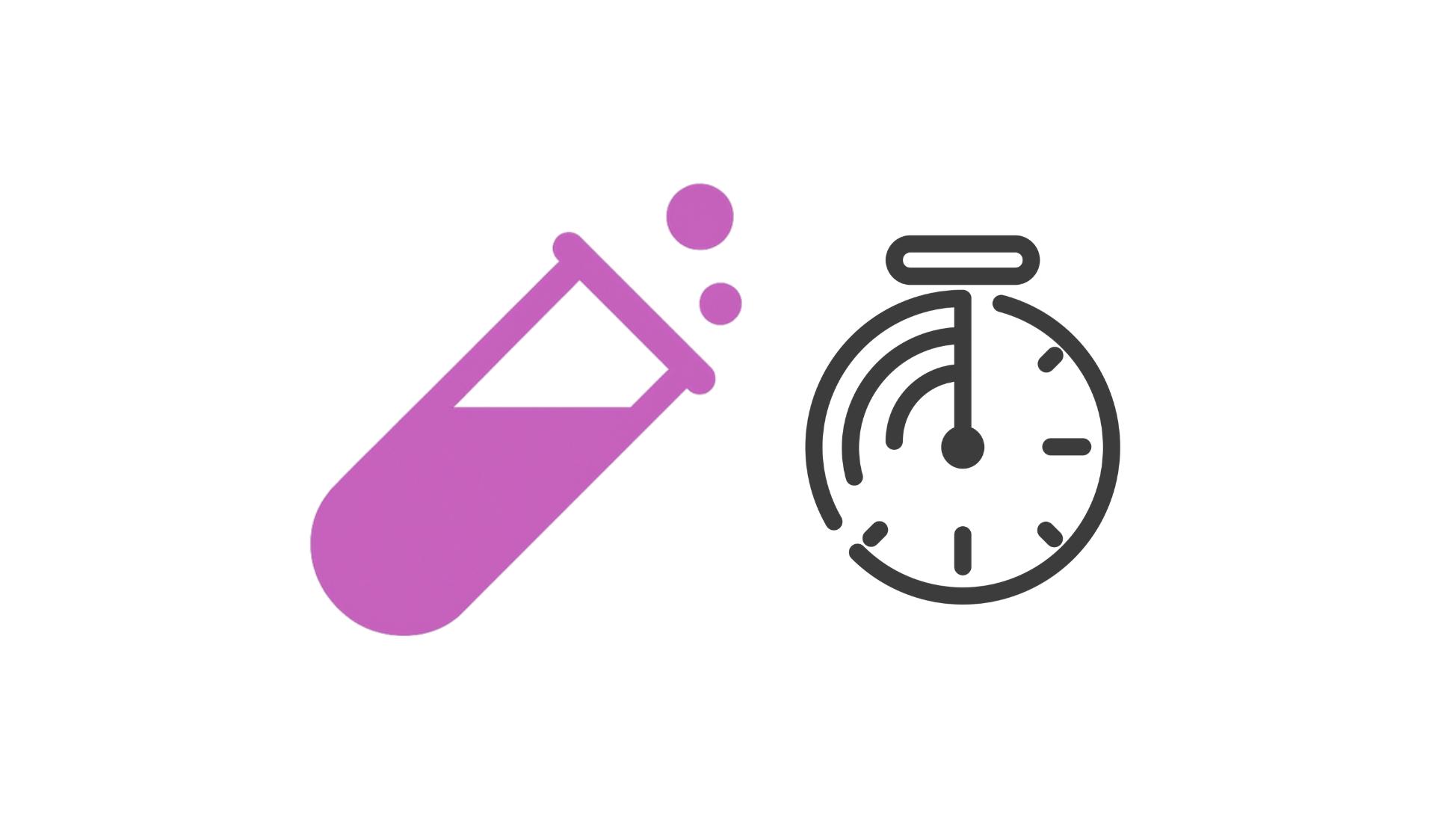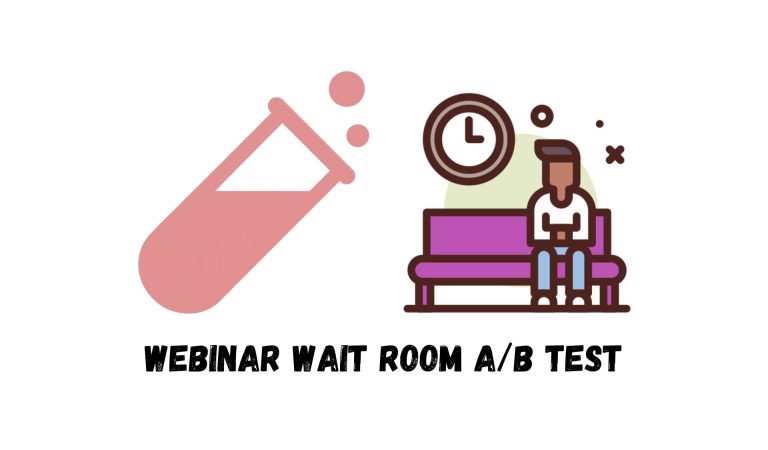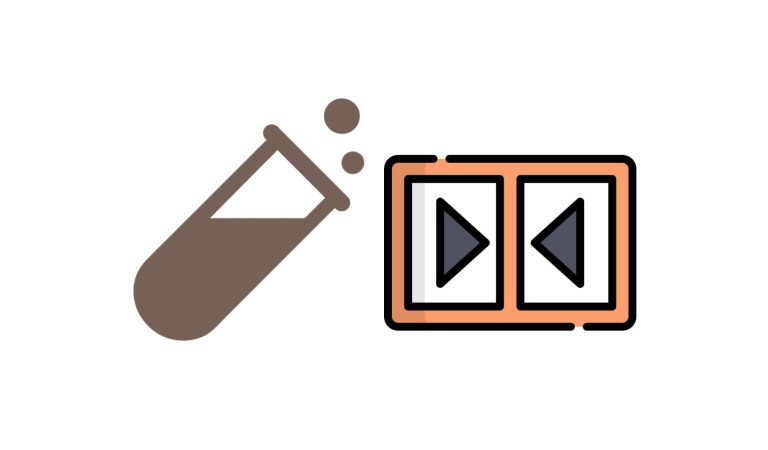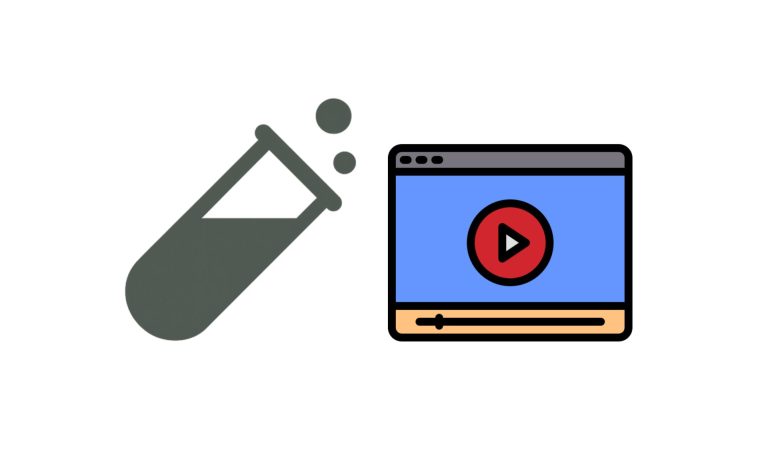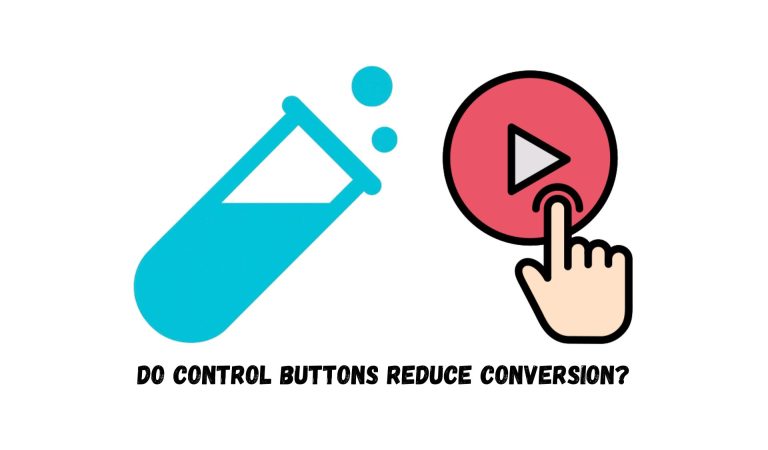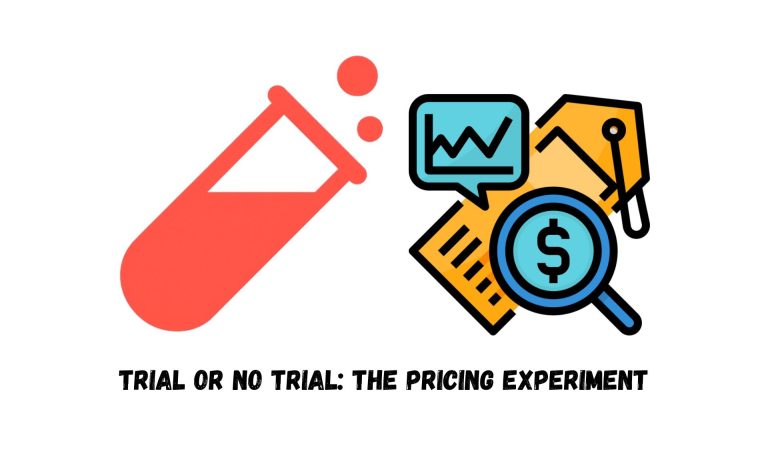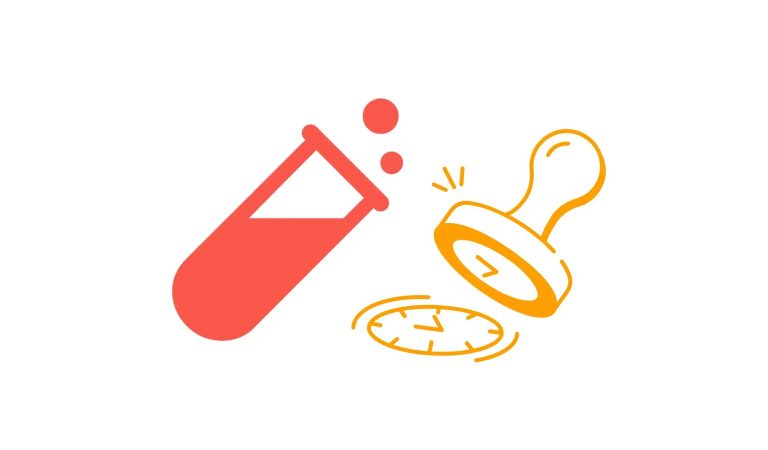We were hired to support an optimization project for a client who was running a webinar funnel. Right away, we noticed a problem: despite steady traffic and registrations, very few users were actually joining the webinar itself.
After digging into the setup, we discovered the client was using StealthSeminar, a third-party webinar platform. The system was configured to automatically register users for the next available session, which occurred every 15 minutes. Unfortunately, due to platform limitations, this meant that a user might register and then be told to wait up to 15 minutes before the webinar would begin.
That delay was the problem. We suspected that many users, especially those on mobile or with limited attention spans, weren’t willing to wait that long. They would register, lose interest, and drop off before ever watching the content.
Our Hypothesis
We believed the long waiting time was killing engagement. So we formed a simple hypothesis:
If we reduce the waiting time to just 2 minutes, more people will follow through and actually attend the webinar.
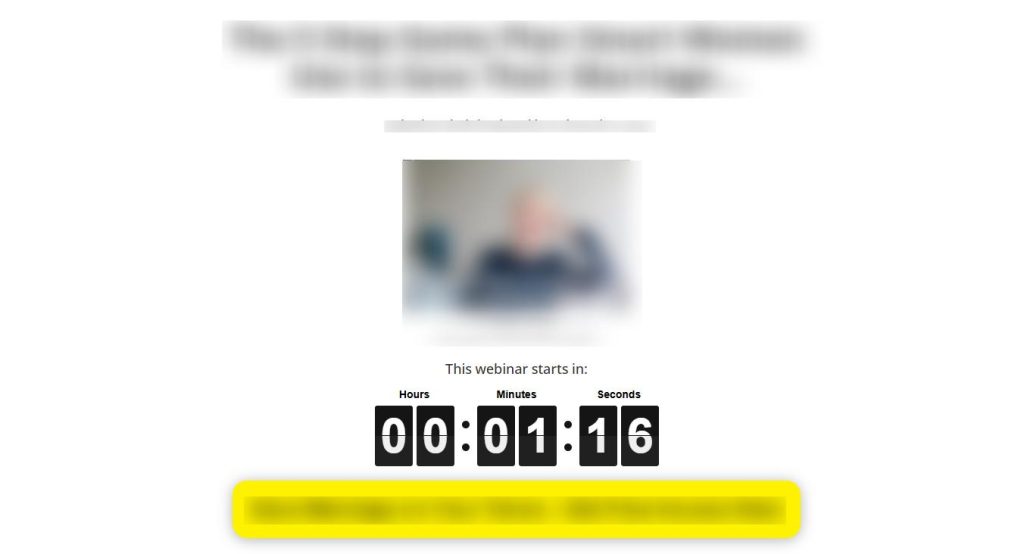
How We Set Up the Test
To test this, we created an A/B experiment with two groups: a control group that experienced the default 15-minute wait and a test group that received a “just-in-time” version of the webinar, with the start time reduced to 2 minutes after registration.
Implementing this wasn’t straightforward, since the StealthSeminar platform didn’t allow for full customization out of the box. We had to inject a workaround using custom JavaScript. This allowed us to dynamically fetch the next available webinar time via API and assign it to the registration form.
We also made sure to track the whole process end-to-end using PostHog. When users submitted the form, we captured their data and the webinar start time. This let us accurately track who registered and who eventually joined.
What We Found
After running the test for 8 days and intercepting over 22,000 users, the results were clear.
We used “Webinar Joined” as our primary success metric. And the data showed a dramatic improvement.
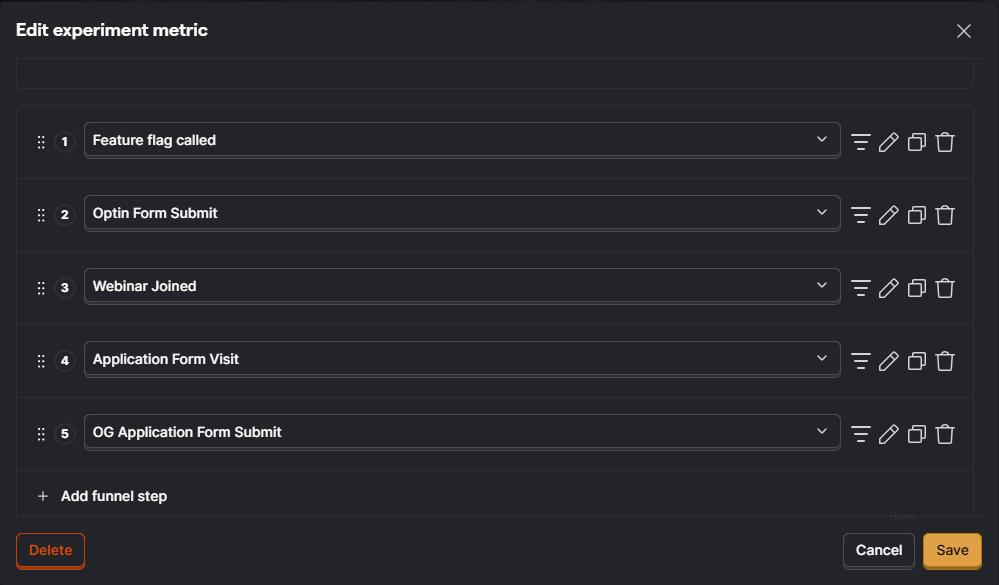
The version with reduced waiting time had nearly 300% higher join rates compared to the original setup.
Here’s how we defined and measured it in PostHog:
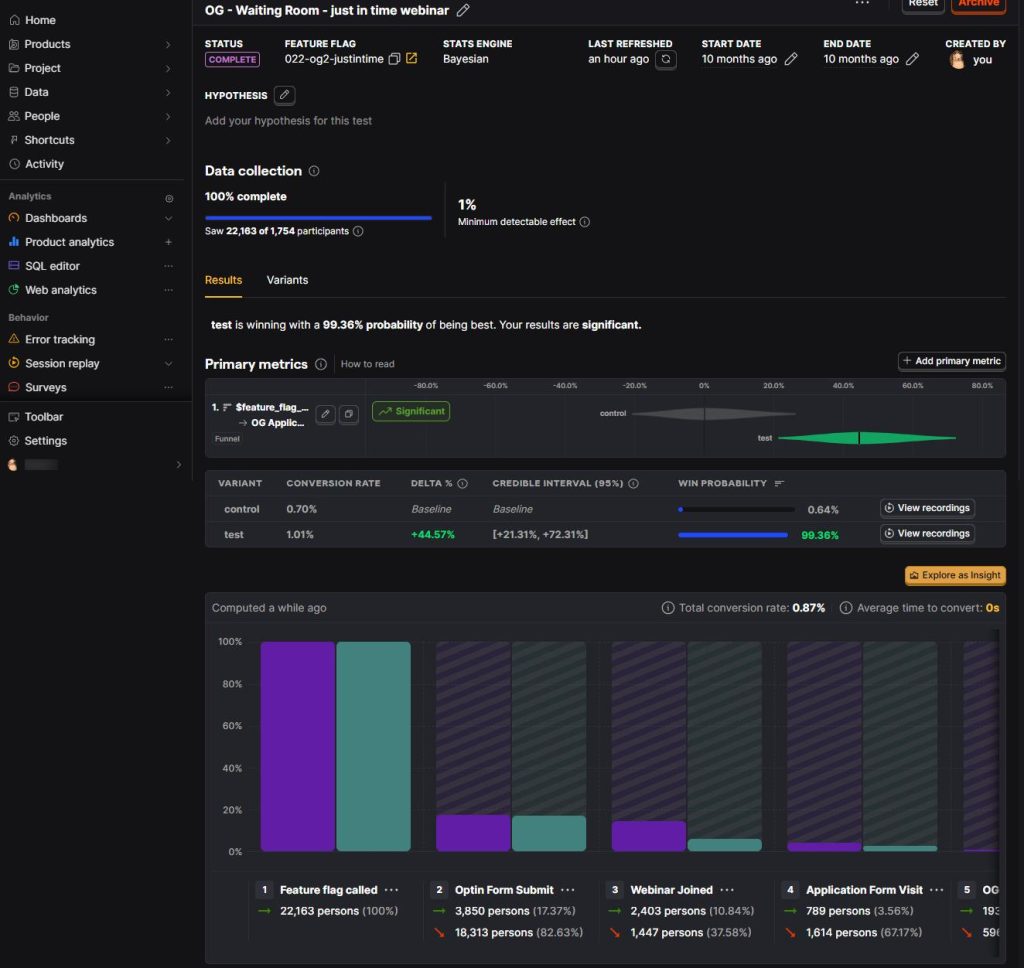
The increase wasn’t subtle. The moment we removed the friction caused by long wait times, engagement skyrocketed. This was a strong validation of our assumption.
What We Learned
The takeaway was simple but powerful:
People don’t like waiting ; especially online.
When you’re asking someone to sign up, show up, and stay present, every second counts. A 15-minute delay, even if technically short, creates a moment of uncertainty where people can drop off. Reducing that delay — even to just a couple of minutes — had a significant impact on behavior.
This experiment also proved something else: just because a platform has limitations doesn’t mean you’re stuck. With a bit of creativity and technical know-how, we worked around the system and delivered a much better experience.
So next time something feels off in your funnel, don’t just accept it as “how the tool works.” Dig deeper. Look at the data. Then test, tweak, and improve. because the payoff might be bigger than you expect.
To learn how to run an A/B test on WordPress, Shopify or ClickFunnels, simply select your platform.


